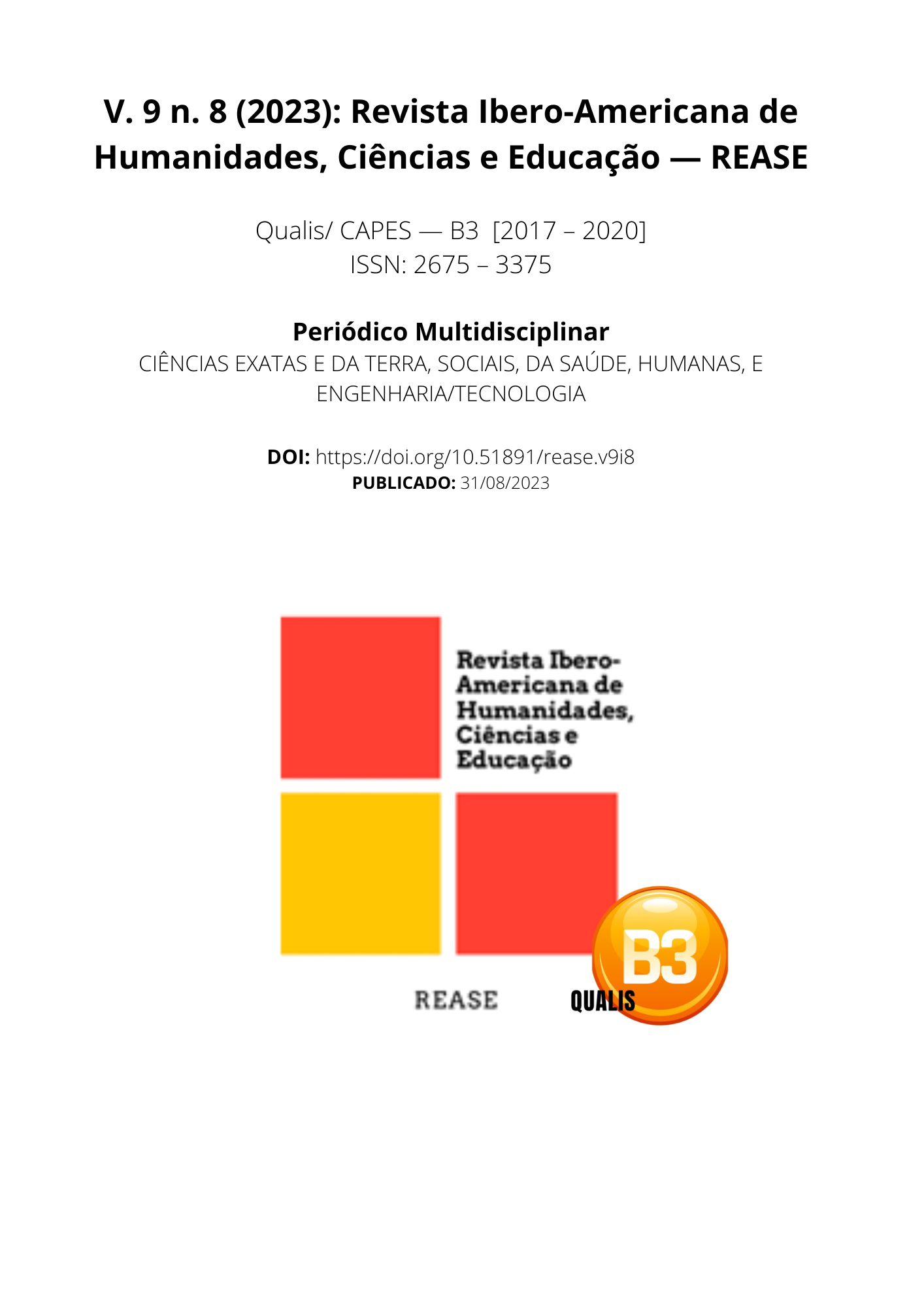THE FUNDAMENTAL ROLE OF THE PHARMACIST IN THE SOCIAL CONTEXT: BETWEEN PREVENTION AND TREATMENT
DOI:
https://doi.org/10.51891/rease.v9i8.11106Keywords:
Prevention and treatment. Pharmacist. Population aging. Social context.Abstract
The role of the pharmacist in society is extensive and goes beyond medication dispensing. This article explored the importance of pharmacists in the social context, focusing on reducing Non-Communicable Chronic Diseases (NCDs). The research revealed that the education provided by these professionals plays a crucial role in raising awareness among the population, especially in a scenario where more than 70% of Brazilians do not adopt preventive measures. Furthermore, awareness campaigns, often led by pharmacists, have proven effective in changing behavior, encouraging the adoption of preventive practices and the pursuit of health measures. In treatment, pharmaceutical care has played an essential role in optimizing therapeutic outcomes, with close monitoring and individualized counseling, ensuring safe and effective therapy. Multidisciplinary collaboration among pharmacists, doctors, and nurses has also proven valuable in disease prevention and control, highlighting the undeniable importance of the pharmacist in promoting public health. In a scenario of population aging, the pharmacist emerges as an indispensable actor in the pursuit of healthy aging and the construction of a promising future for health in Brazil.
Downloads
Downloads
Published
How to Cite
Issue
Section
Categories
License
Atribuição CC BY

